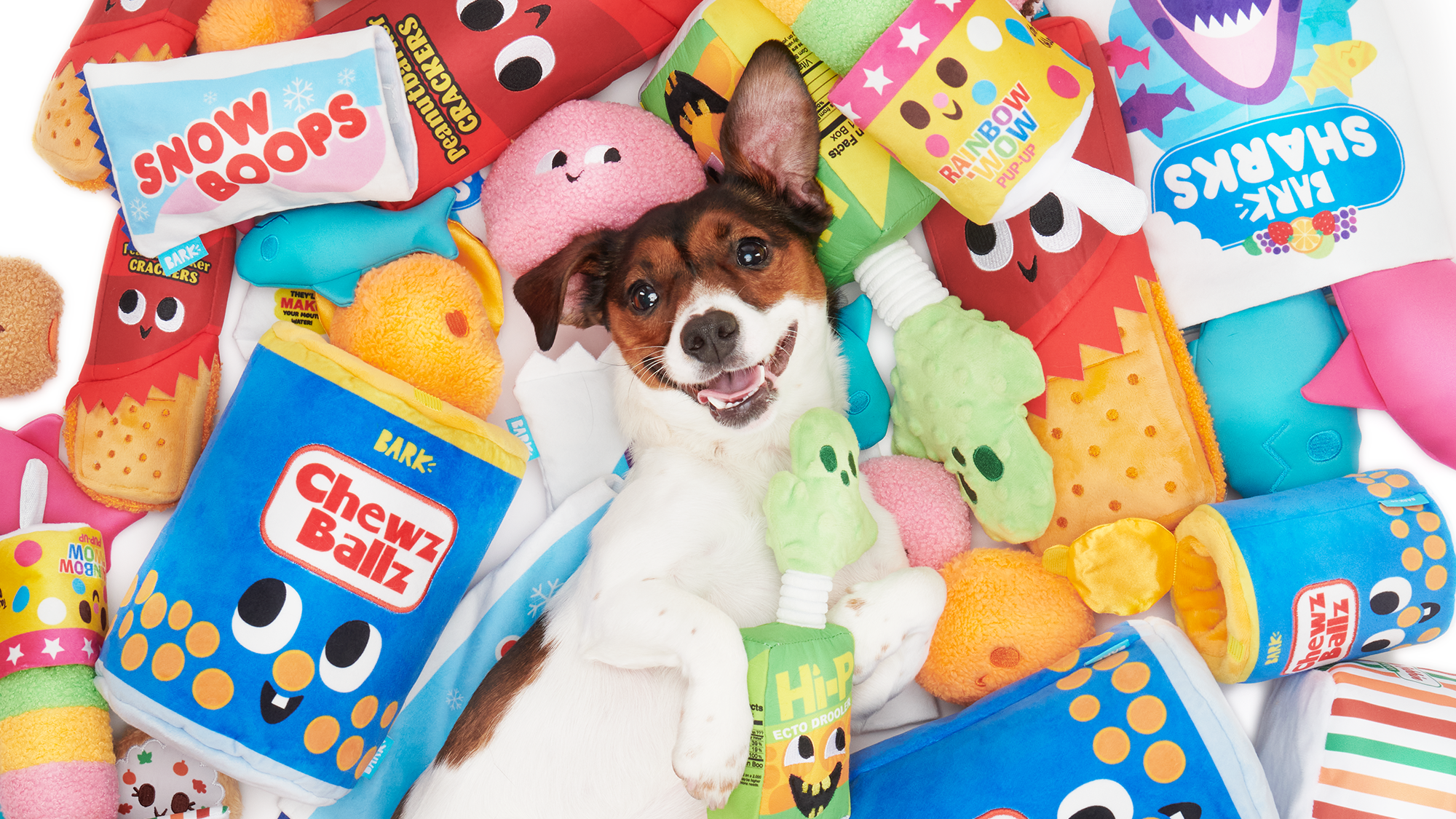20 things I’ve learnt as a ‘pet collector’
I’ve learnt through experience to make careful considerations before getting another pet
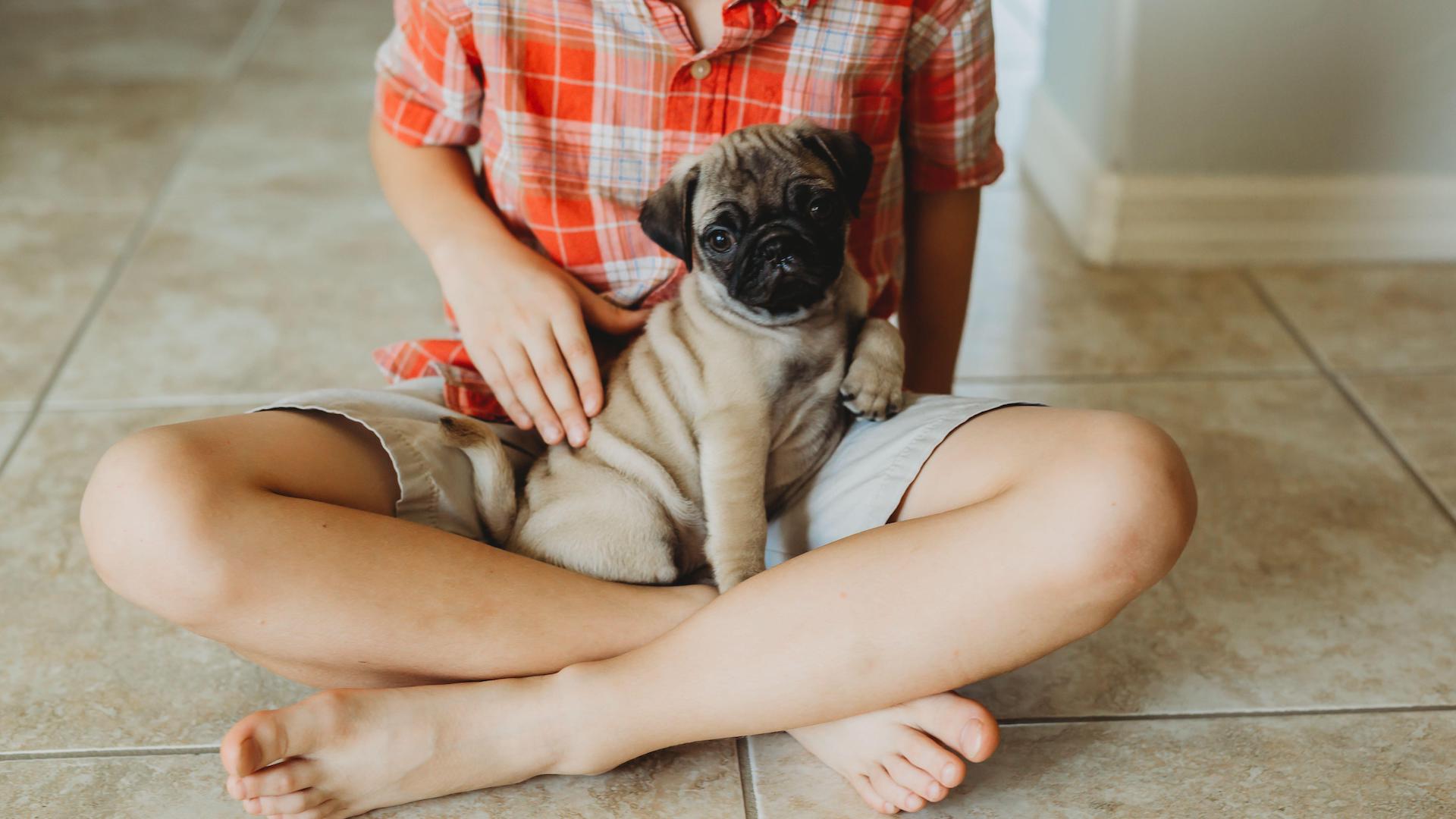
When it comes to pets, I’d admit I’m something of a collector. I find it very hard to say no to welcoming another one into my home. While I grew up ostensibly with a dog or two (English Springer Spaniels), there was always an assorted menagerie of pets alongside.
There were the free-range guinea pigs in the garden, the hamster that escaped and lived rent-free in my sister’s bedroom for two years, and elderly ponies lent to us by my parents’ friends whose children had long since gotten bored of riding. Plus, dozens of mossy “palaces” were constructed for various bugs.
Since becoming an adult, the Springers have remained a theme, but I also acquired two Basenji-cross street dogs who made their home with us in Gambia, a rescue pup of indeterminate origins from Wales, more guinea pigs, a hamster, adopted bunnies from a hoarding situation, tropical fish and their many descendants, and even axolotls.
Different pets have different needs, space requirements, and attention. They don’t always get along with each other. Some have a tiny lifespan, while others may outlive us. I cherish the responsibility and privilege of being able to care for these creatures, and I’ve never regretted a single one. However, I do recognise I could have given some of the more impulsive additions a bit more thought.
Really, I’m the last person who should be giving advice to dissuade people from acquiring more pets – because, honestly, my life is far richer for their presence – but with age and experience, I have developed a checklist which I try to follow before the heart rules the head.
20 things I wish I thought about before getting another pet
1. Are small animals too cute to resist?
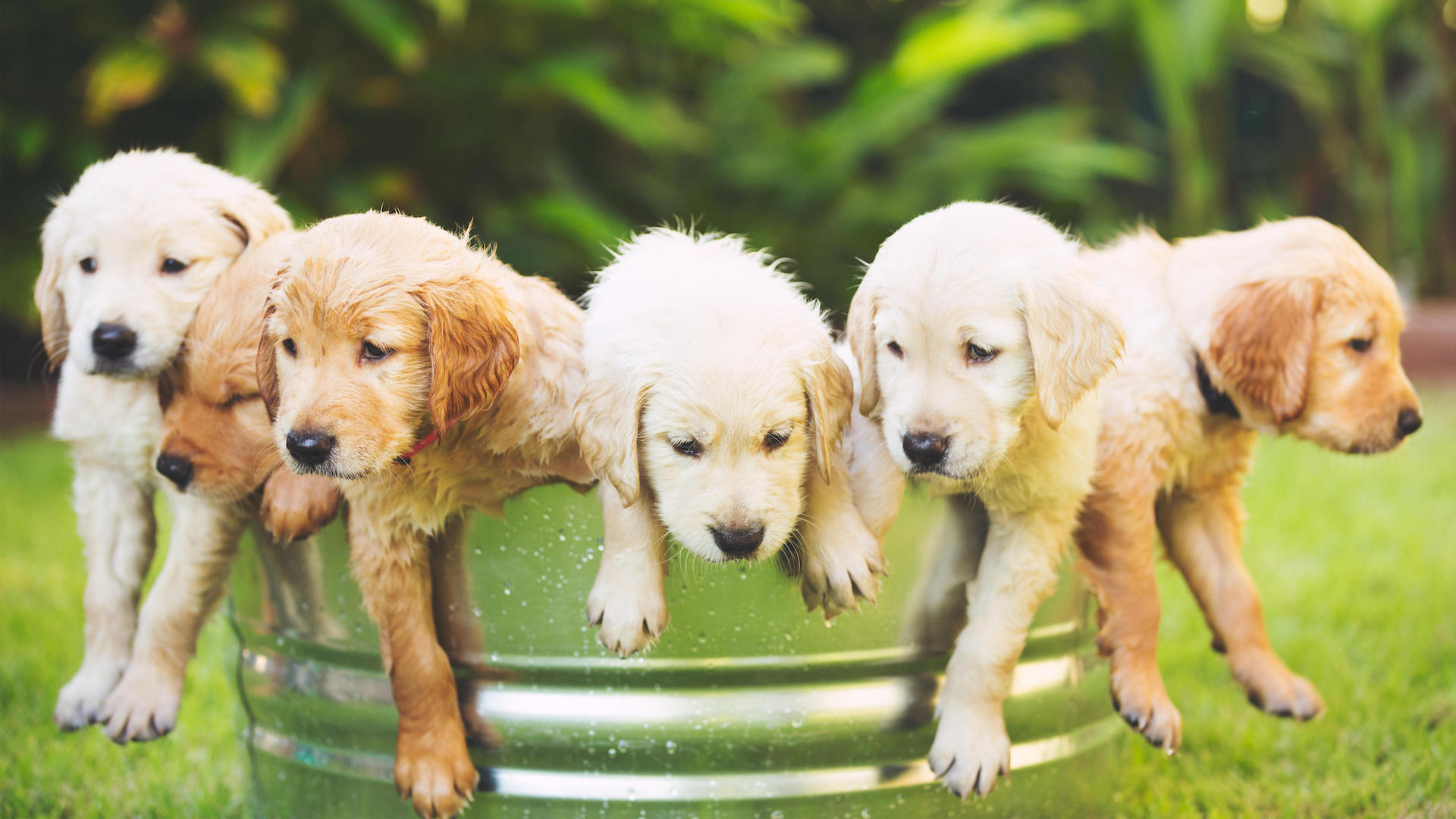
I’d defy anyone not to look at a baby animal and coo. Kitten, puppy, foal, tiny guinea pigs and baby bunnies – they’re all adorable and irresistible. But I have to remember they are just a snapshot of that animal’s likely cutest ever moment.
So when a friend sends me an advert for puppies for sale, I have to be stern with myself. Look beyond the cute fluffy bundle and remember how much hard work a puppy is, the sleepless nights. Sometimes it helps to look at images of what that breed looks like as an adult, and to research their pros and cons.
Get the best advice, tips and top tech for your beloved Pets
2. Whether the resident pets will accept the newcomer
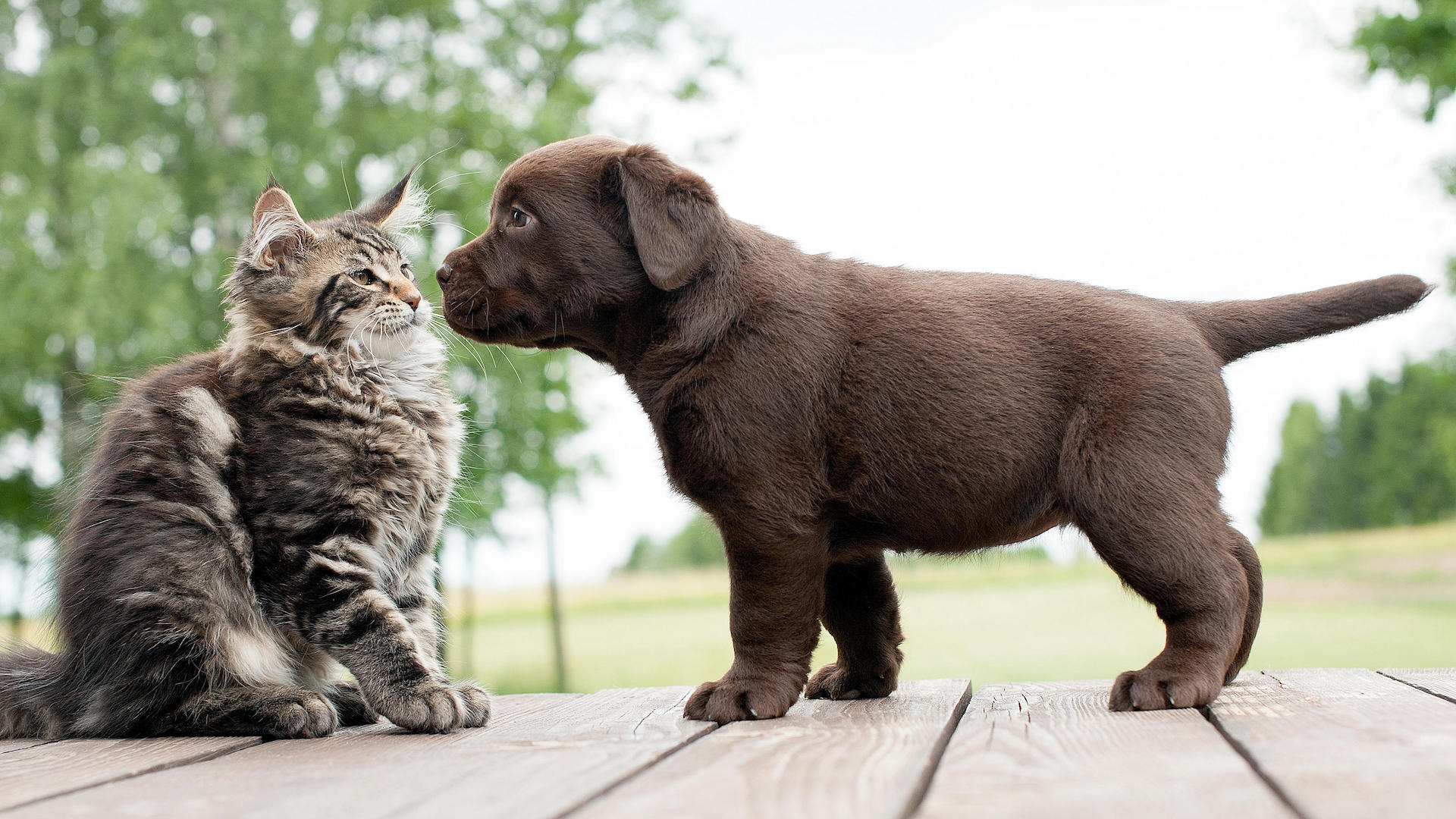
Some pets don’t mix well. There are dog breeds with such a high prey drive that they will always need to be kept separate from small animals, who will need a predator-safe enclosure regardless. There are dogs that can make even a cat’s life a misery. House bunnies who are used to having the run of the living room may feel intimidated having to share that space with another, potentially livelier and more imposing, species.
Don’t just assume your resident cat or dog will accept another on his territory. It’s a different matter than meeting them on neutral ground. It also takes time introducing new pets of the same species. I spent over a week gradually acclimatising a new guinea pig to the old, bereaved one, which involved buying new enclosures as they could not initially live in the same one.
3. The lifespan of certain pets
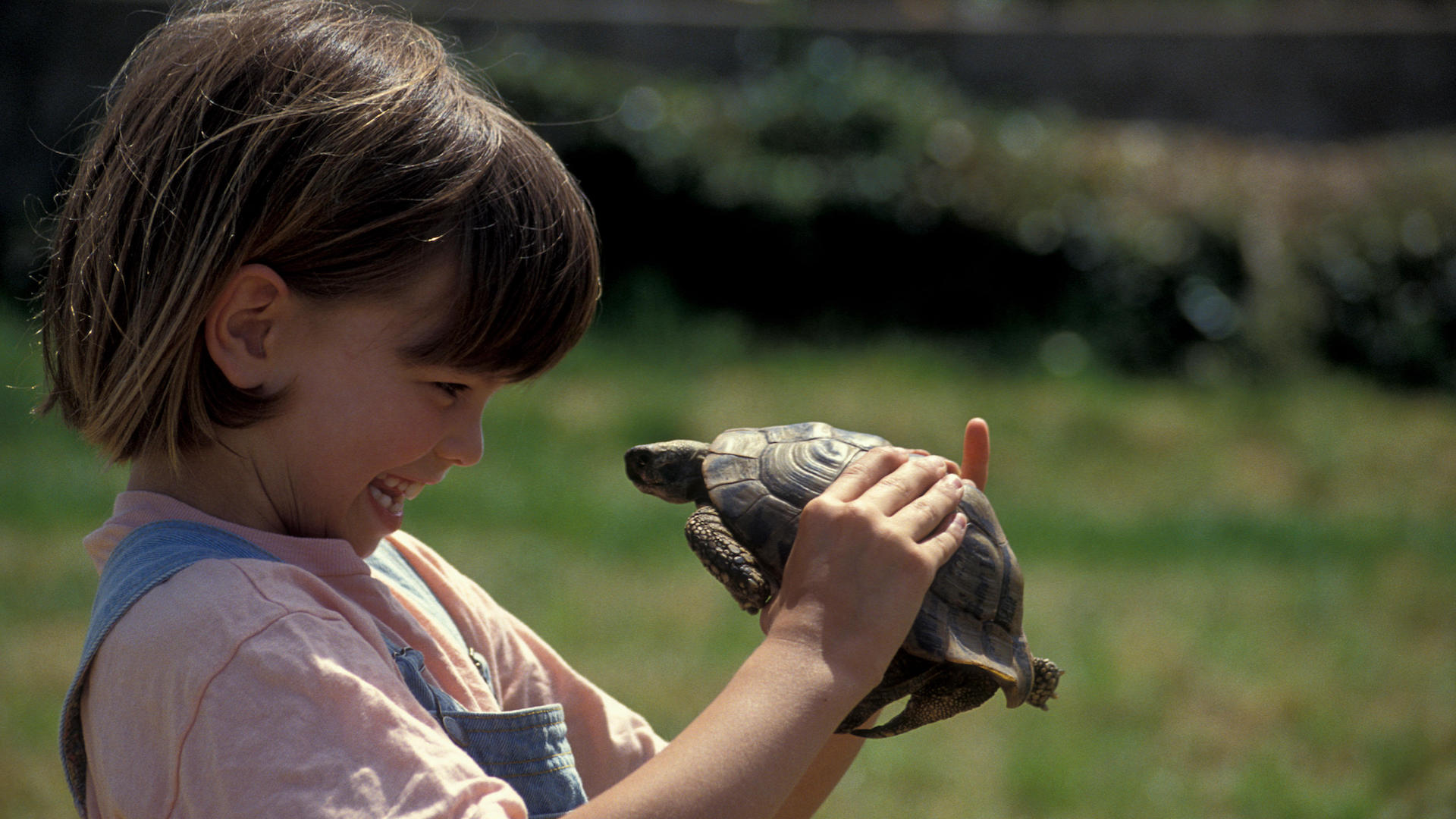
A pet is for life, not just for Christmas, so the saying goes. If you take responsibility for an animal, you’re committed “till death do us part”.
While some of the smaller rodents, such as hamsters, might live only for a couple of years, reckon on at least a decade for a dog (and hopefully a lot longer), and some aquarium fish can last for up to 40 years. Do your research so that you aren’t surprised by your new pet’s longevity.
4. Who will be looking after the new pet?
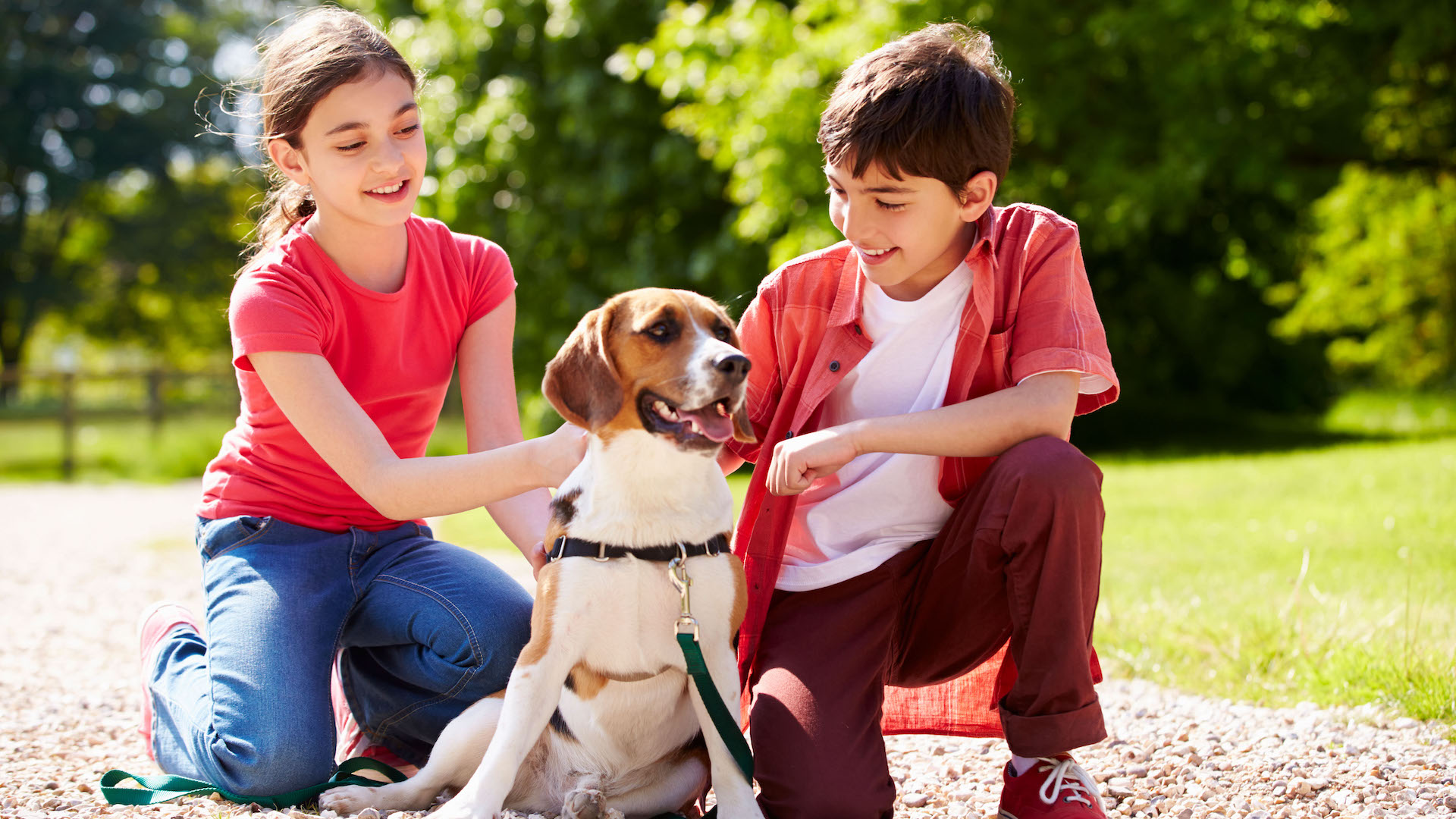
Your child begs for a new pet and promises to look after it, clean up after it, feed and water it, walk it, and so on. Who can deny a child this passion for creatures that you share wholeheartedly?
But children go to school, they grow up, and leave home. Realistically, the buck stops with the adult. Your child will not be expecting to take their tortoise to college and beyond with them – you are in it for the long haul.
5. What happens at vacation time?
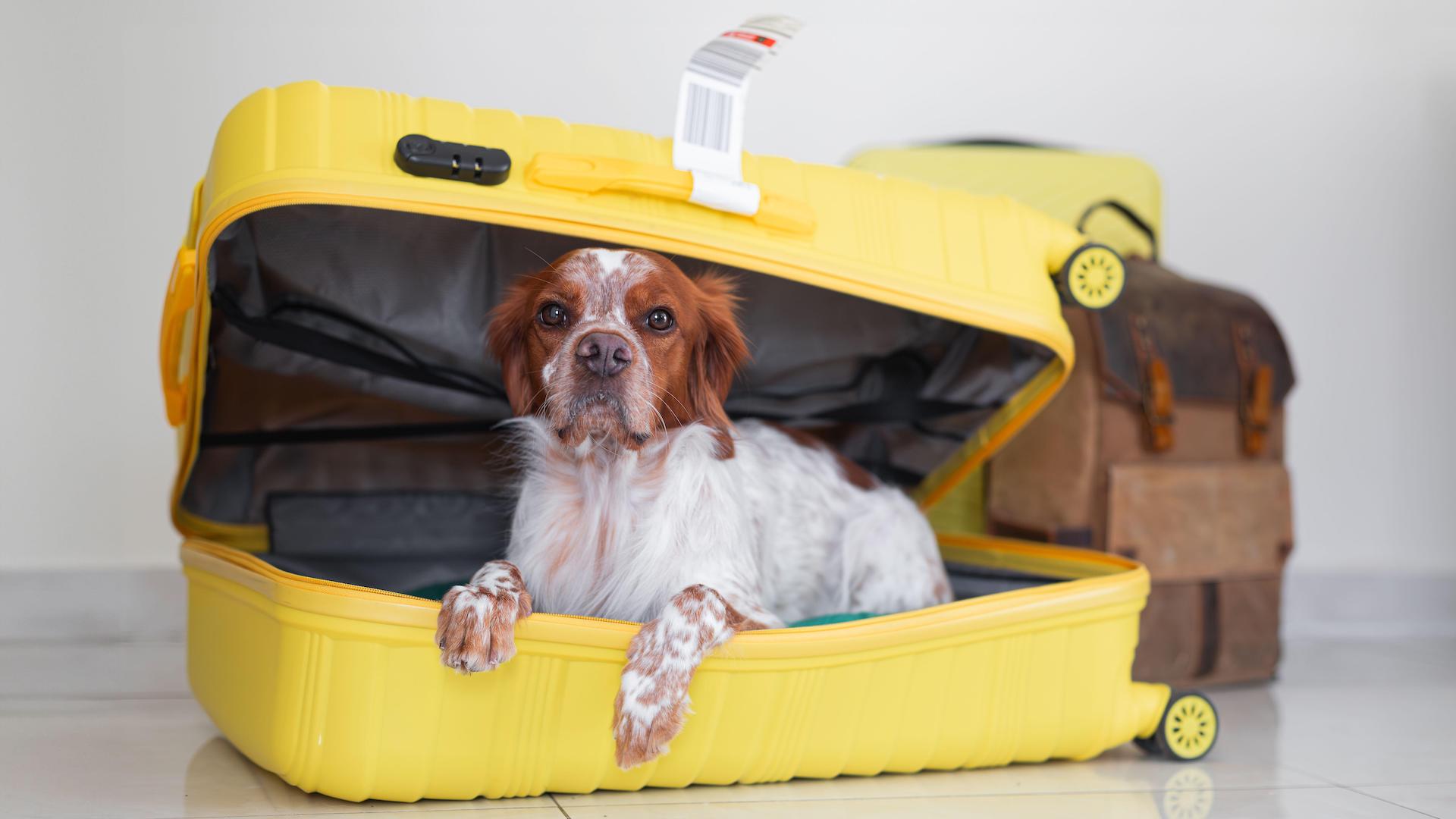
I have found over my time owning pets that when I’m on vacation, friends are usually happy to look after one dog – two is an imposition, and they aren’t a fan of cats. Another friend might be happy to pop in daily to feed the fish. The bunnies can go to boarding. Some vacation apartments will accommodate a dog, but this isn’t a given.
Essentially, the more pets you have, the more complex – and expensive – the logistics become. Always plan before acquiring a pet, how it will fit into holiday plans and whether you really have the budget to add on to every trip.
6. Where do the pet fits in the house?
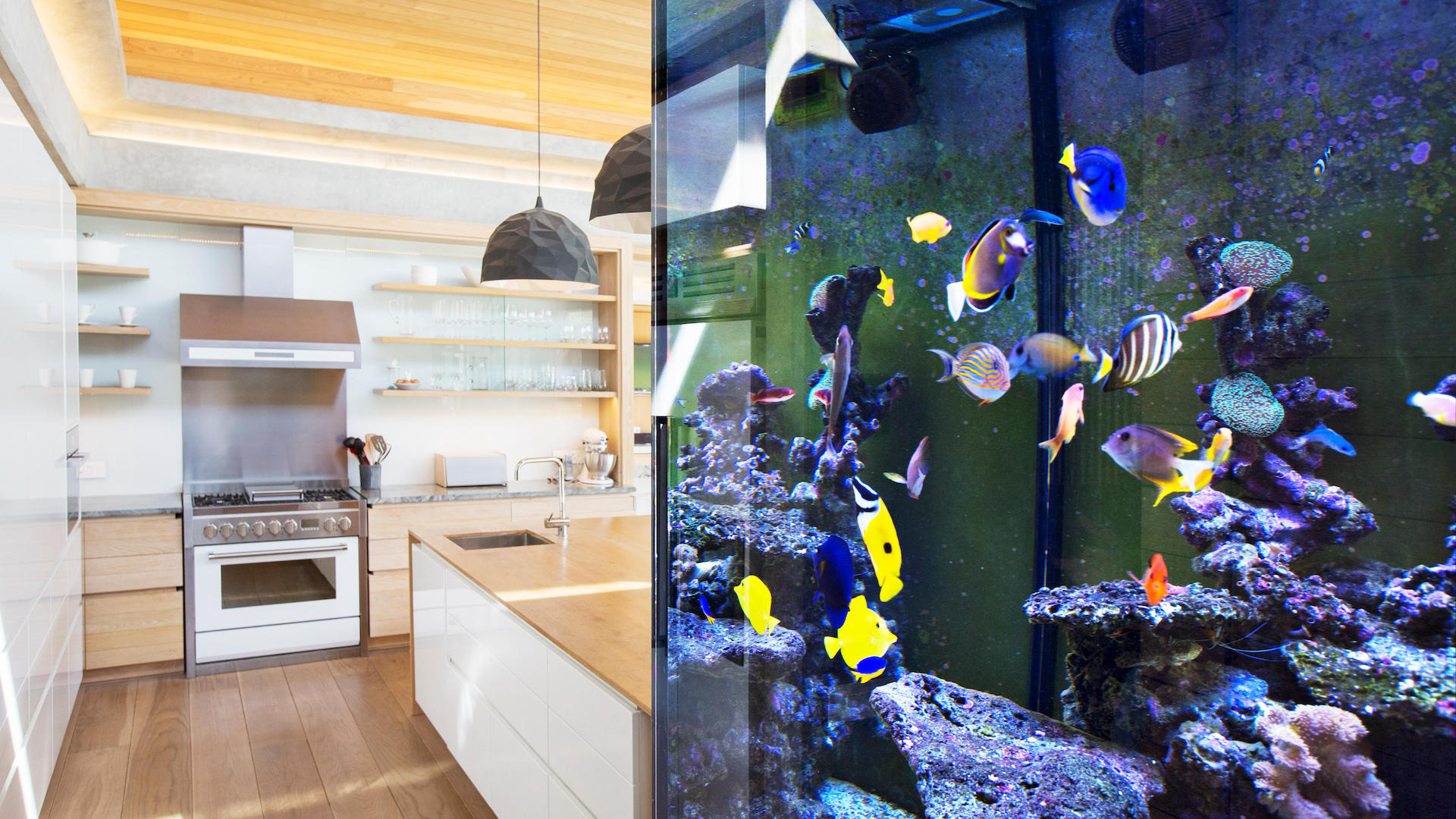
It seems like an obvious check, but always consider where the new pet will live. For instance, with an extra dog, their dog bed or crate needs a place, and this is effectively an extra piece of furniture. You can’t just stick it in the middle of the room for everyone to trip over.
For smaller animals, do they need an outside enclosure as well as an indoor one? Do you have a safe space for them to protect them from predators from the moment they arrive? I’ve delivered baby bunnies to friends who weren’t remotely set up for their Houdini tactics, and had to take the bunnies home again.
Even tiny tropical fish have an aquarium, and once filled, these are a nightmare to move, so you need to decide on their permanent home.
7. The age and stage of existing pets
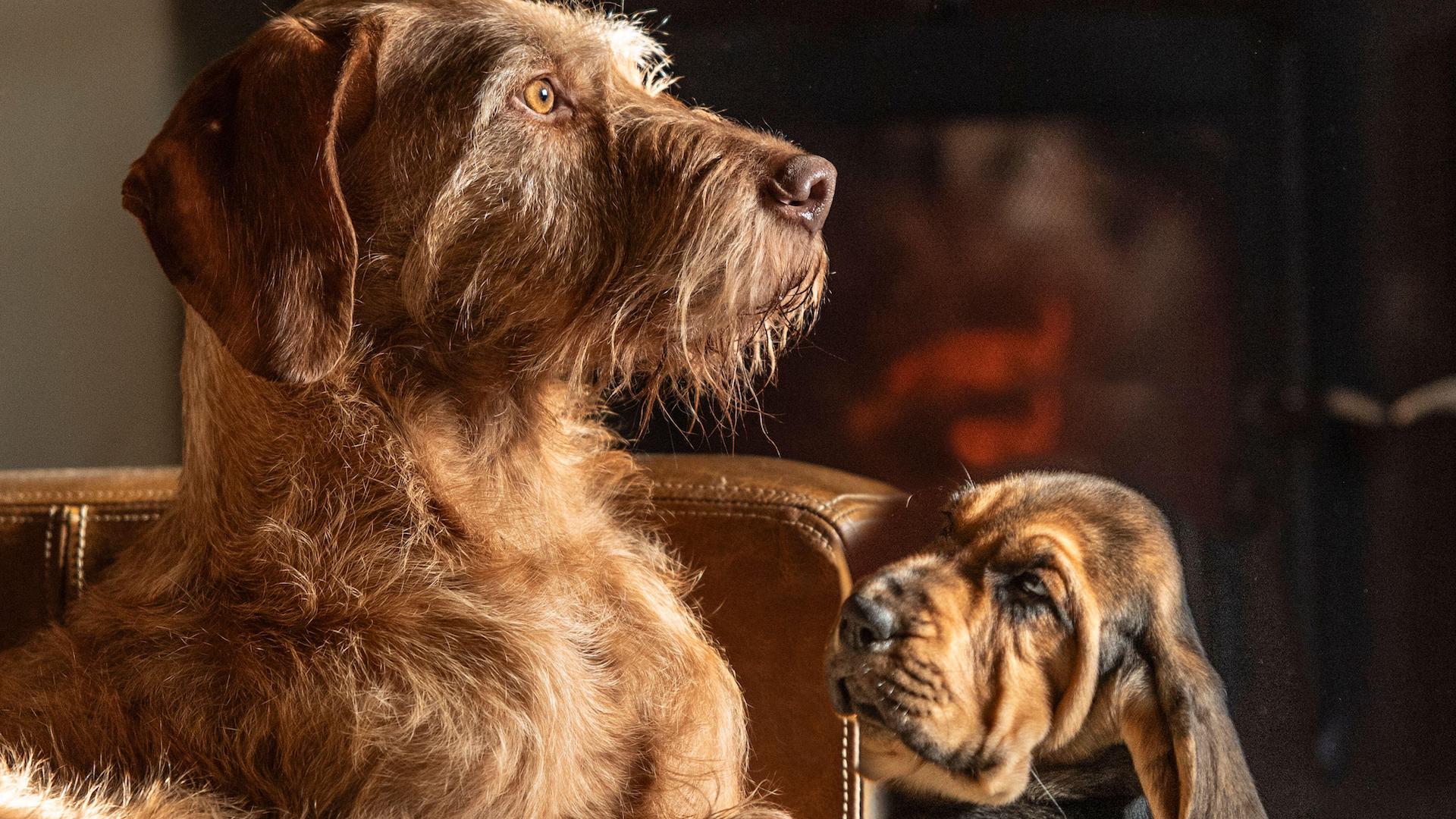
The pain of losing a beloved pet is so deep that the temptation is to ensure you pre-empt that raw sense of bereavement by having another younger pet on which to focus your attention when the inevitable happens. So, when a dog is in his senior years, you acquire a bouncy puppy who will just be reaching maturity when the established pet dies.
But is this fair to the old dog? I worry that a beloved veteran who has enjoyed all his life with just you to dote on him could be upstaged by the adorable, attention-seeking pup, who might be double the fun and cuteness. Not to mention driven bonkers by the puppy’s energetic antics.
I believe we need to put our feelings aside and ask ourselves honestly whether this is the kindest way for a much-loved old friend to spend his twilight years.
8. Another mouth to feed isn’t free

It’s easy to ignore how expensive pets are to keep. Each pet needs feeding as a daily necessity, not to mention all the other bits of equipment such as beds and bedding, crates, leads, bowls, and so on.
Some pets have very specific diets, such as live insects, which are expensive and not always straightforward to acquire.
A new pet – even if it’s cheap or given away – will always mean spending more money on keep.
9. How much do the rest of the household want yet another pet?
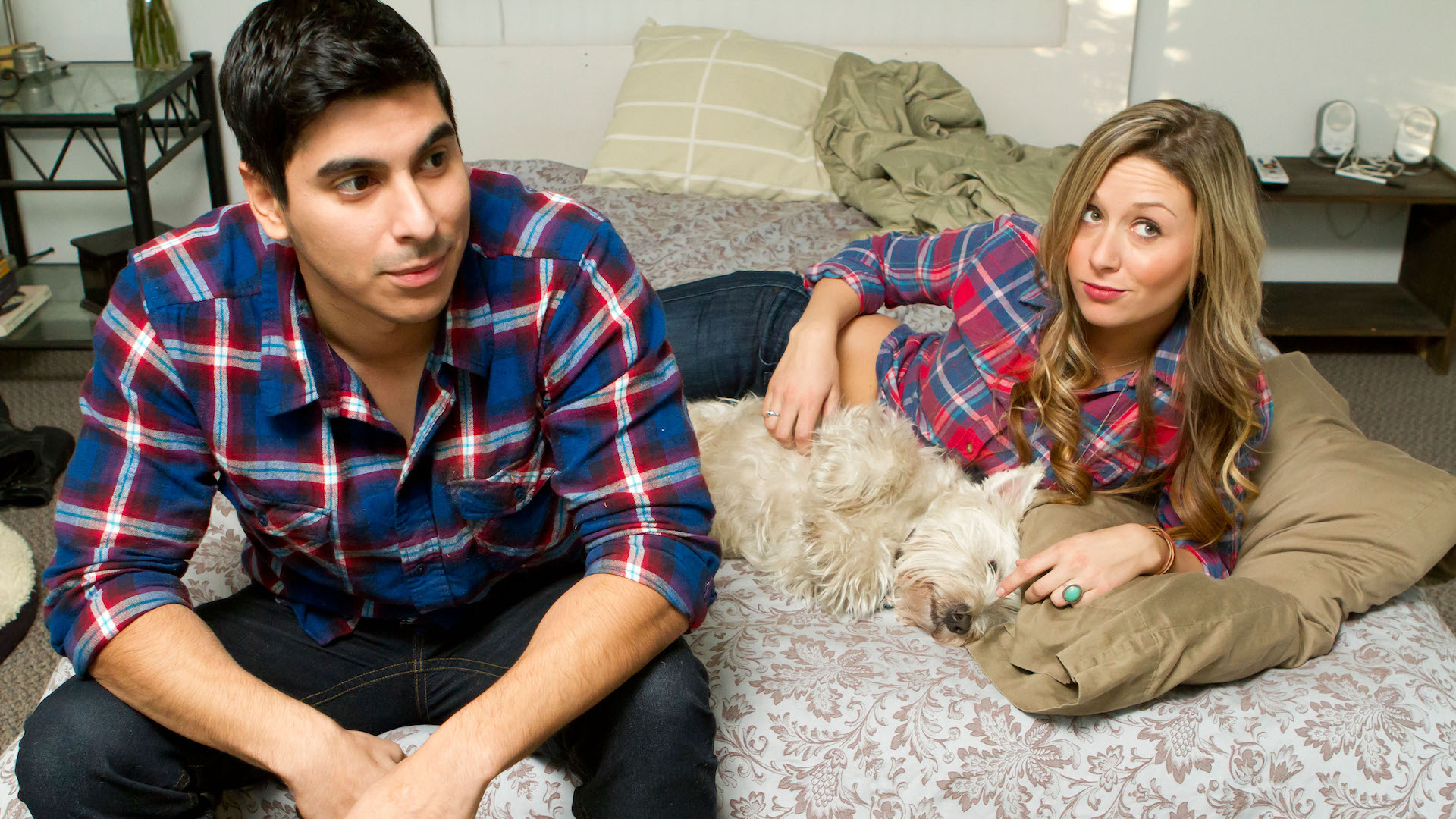
It’s not all about me! If I had my way, I would probably have double the number of pets I already have in the household, but I have to consider the other members of my family.
One doesn’t love cats, another is squeamish about rodents, one child would love a snake, but the others would never leave their rooms with one in the house. For a new pet to thrive, all members of the household, whether it’s your own family or housemates, have to be on board.
10. Could I rescue or rehome?
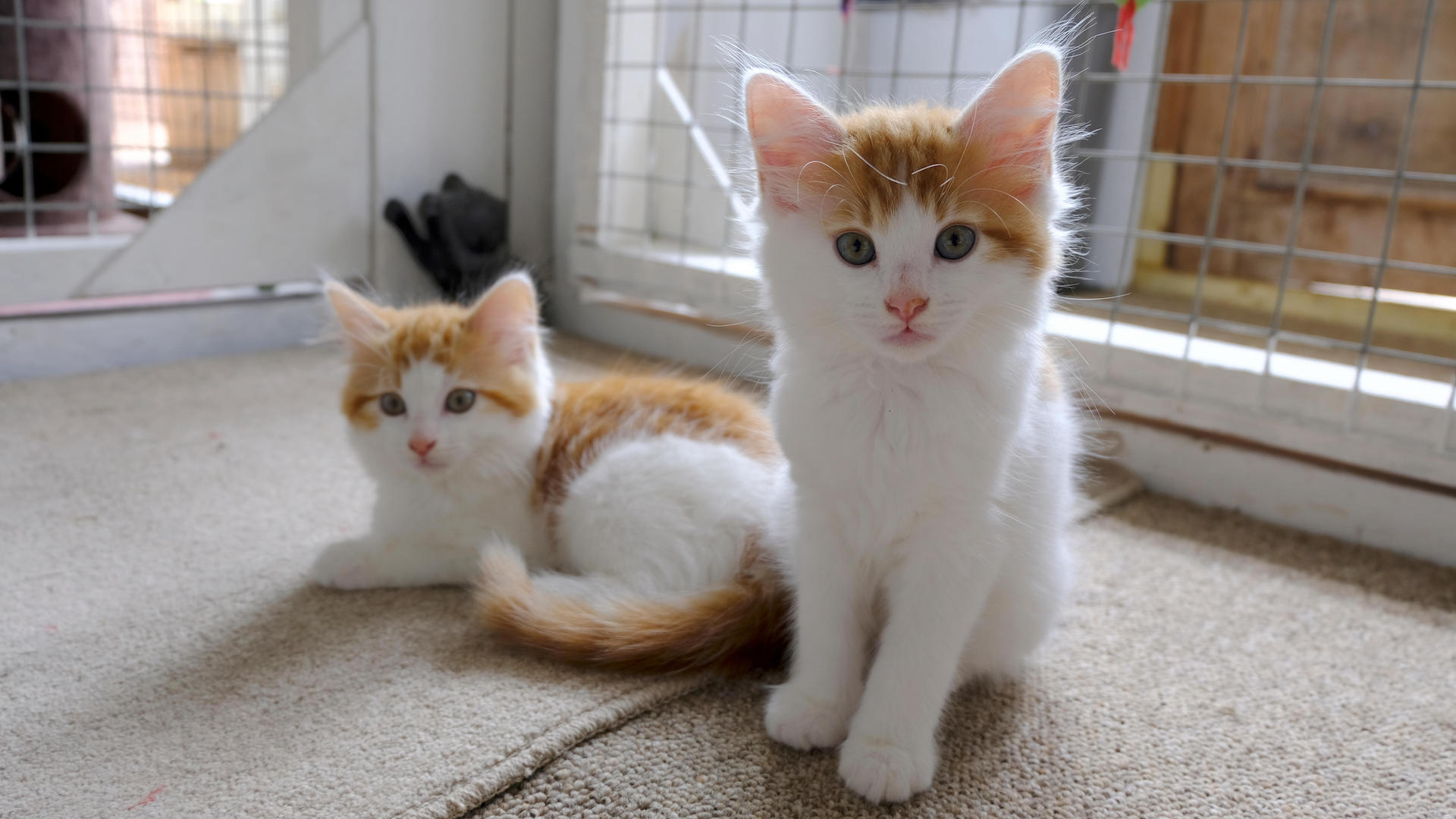
It’s easy to look at immaculate pedigrees and beautifully reared young animals and think “that’s the perfect one for me and my lifestyle (and Instagram following)”. However, there are so many animals in rescue centers up and down the country needing adoption.
You’ll save some money on purchase price (usually a donation is expected to contribute to costs for the center), while providing an unwanted pet with a future.
11. My available time
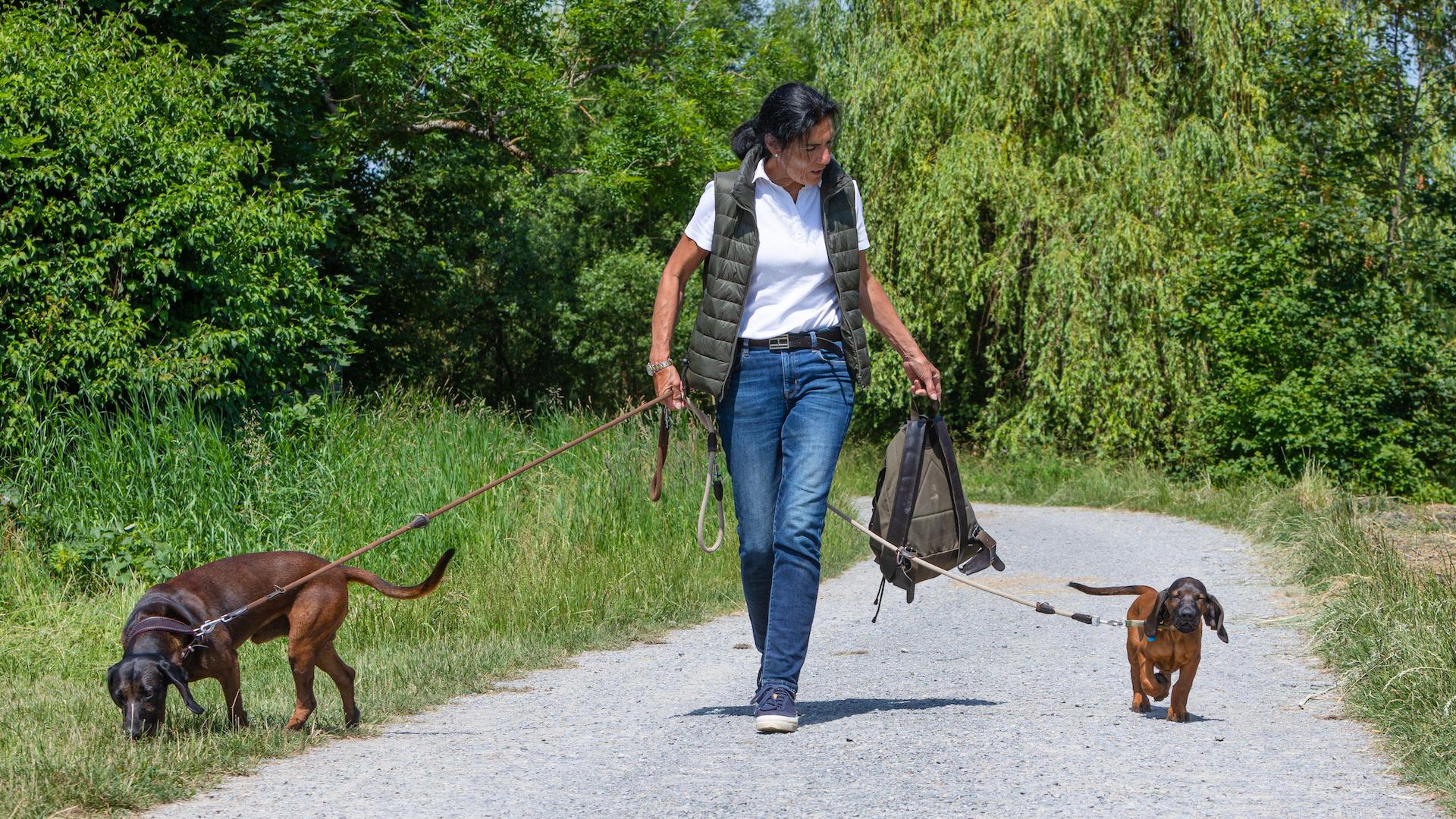
I optimistically assume that new pets will just fit around the existing ones, but I’ve found that different pets have different needs, and they all take time. Bunnies and hamsters might not require walking, but their cleaning needs are significant. Fish need careful attention to the water parameters in their tank. Cats need litter training and bonding time.
When it comes to adding one pup to an existing doggy household, it’s true that you can take two for a walk at the same time, but a puppy will require additional time for training – on the leash, using the bathroom, house rules – which you can’t expect him to learn by osmosis from his older housemate. Add to the fact that you can’t leave new puppies at home for long, and you need to carve out at least three months when you devote additional time to starting them off well.
12. Passing fad

Trends for exotic pets, designer dogs, and the appeal of having a pet influencer all encourage us to indulge in the latest craze. It should come as no surprise that pets should never be a passing fad. Always question your motives, and if a hint of the current trend lies within, then move on.
13. Wait, and wait some more
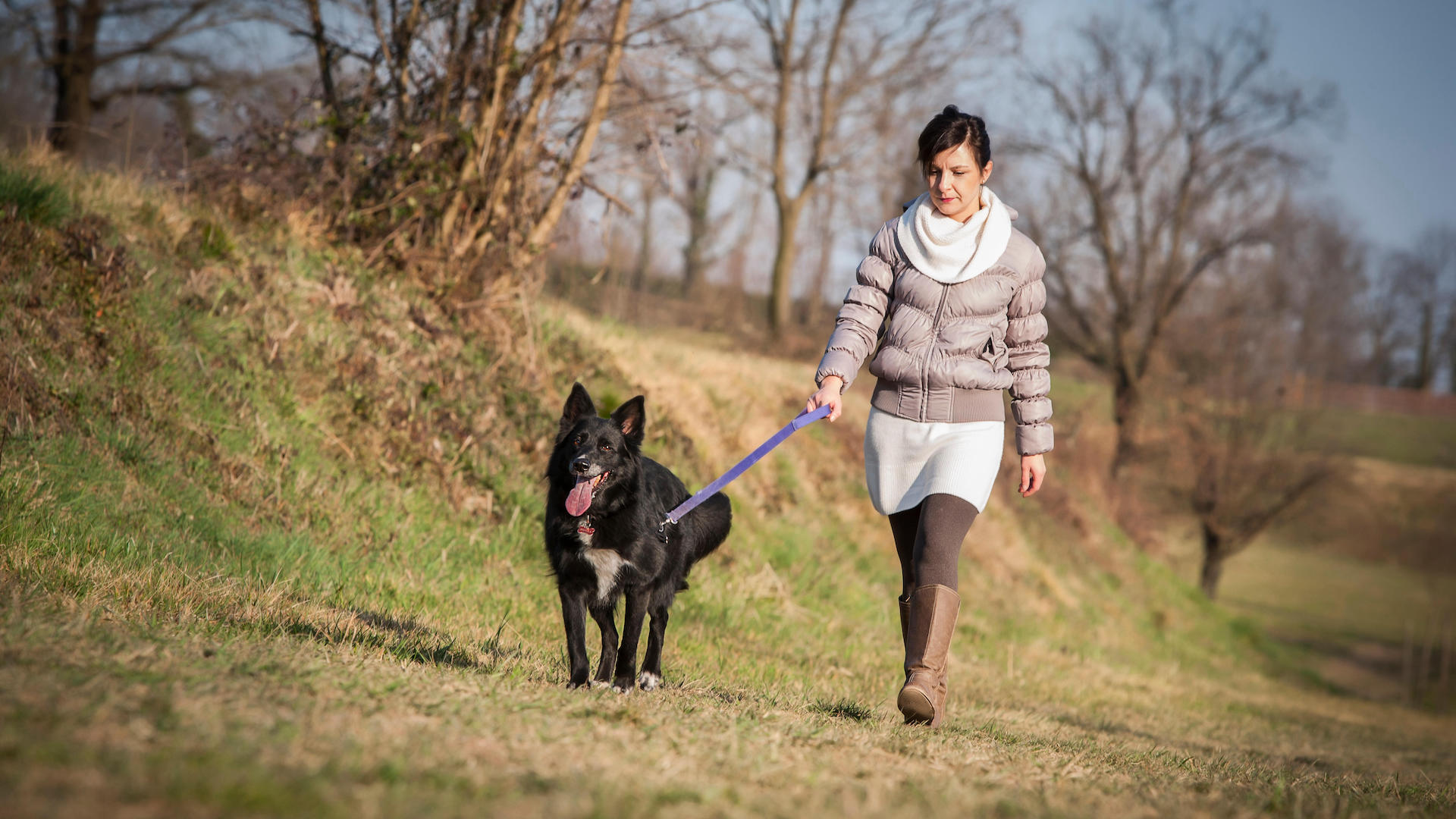
Patience is a virtue, so they say, and never more so than when it comes to impulse purchases. I’ve tried to teach myself (and frequently fail) that before clicking pay on any acquisition, from fashion to food, to wait 24 hours or a week and see if I’m still just as desperate to have it. While the latest dress or a sugary treat might be momentary blips, an unconsidered purchase of a pet has long-term repercussions for both parties.
As someone once gave me (unsolicited) marriage advice: “Don’t marry someone until you can’t imagine your life without them” – and that’s pretty sound advice for pets, too!
14. My short-term future
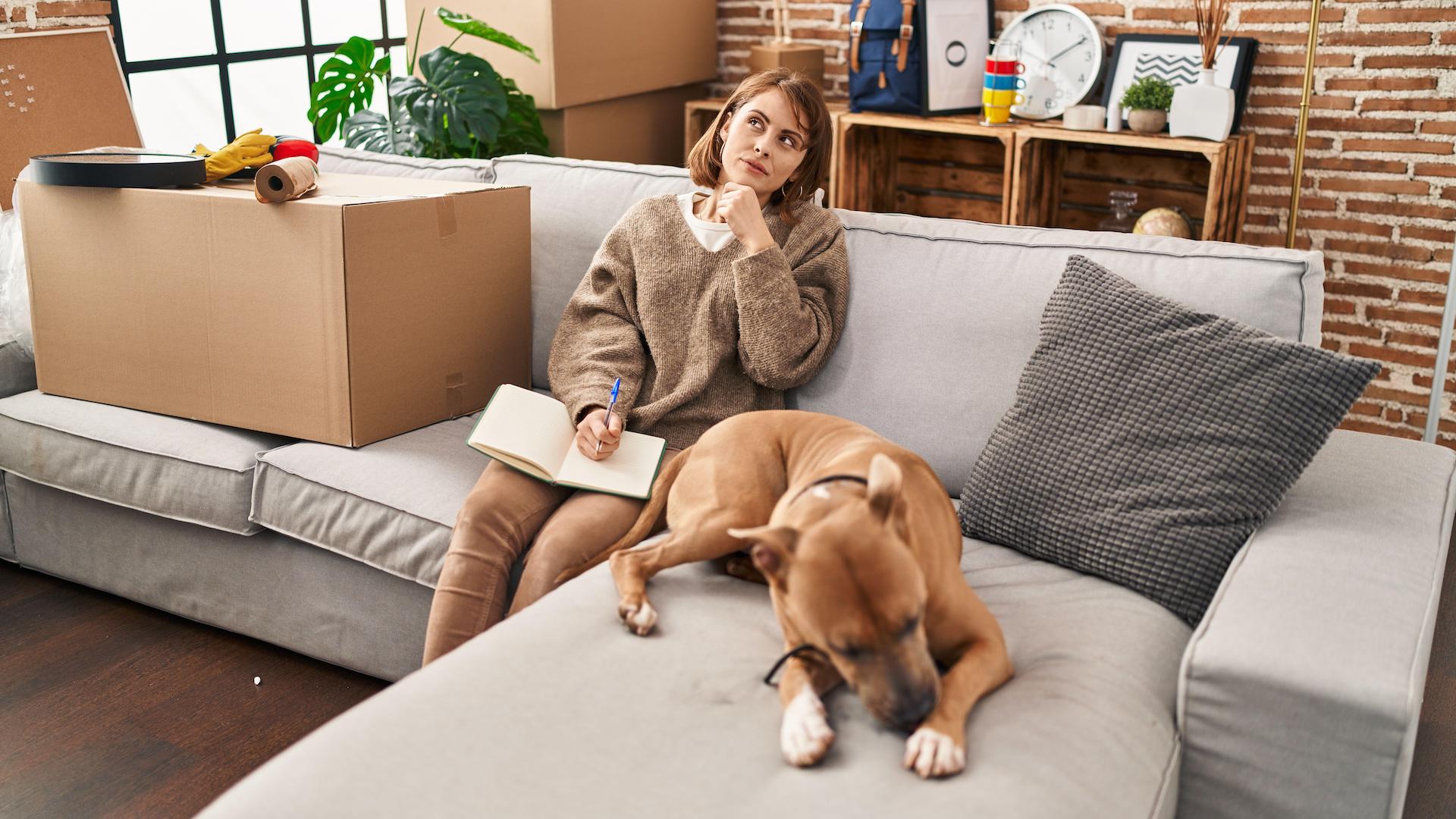
A bad time to get a pet is right before you go on vacation or start a new job. You need to have time to devote to settling the new pet in and starting your relationship on a great footing.
While long-term plans are harder to predict, you’re likely to know what you’re doing and where you’ll be for the next six months. And if you don’t, then it’s not the right moment to add a new pet to your home.
15. My long-term future

Long-term futures aren‘t easy to predict with certainty, but if there are major life steps that could impact where a pet fits in your household, think twice. If emigration is on the cards, what are the repercussions for the pet? Not all animals are welcome in all countries, and often lengthy quarantine is obligatory.
Perhaps you are likely to quit your job and have no idea whether a new one might involve a lot of travelling and less scope to work remotely. A house move might mean pets aren’t permitted in the new apartment. None of these problems are insurmountable, but need to be factored in.
An uncertain future shouldn’t mean you can never get a pet, but it might be worth waiting, or thinking about one with a shorter lifespan, so that whatever lies on the horizon, you can do the best by the creatures in your care at the time.
16. Do I have the space?

I’d say my heart always has room for a new creature to care for, but the physical limits of my house are restrictive. When I thought I wanted a third dog, I tried out minding my friend’s lurcher while she was on vacation – and quickly realised that, fun as it was, three was a crowd and we were all tripping over one another!
Likewise, there are certain breeds of dog that do suit apartment living, but others that don’t thrive with a lack of outside space. Match the pet with the environment he’ll be living in, and not your selfish desires!
17. Allergies

The bottom line for many of the thoughts I have about getting a new pet is that it’s not all about me. I have no allergies, but others in my household do. They will sneeze night and day if I bring certain breeds into the home. While I’d love a Persian cat to join our menagerie, this is among the feline breeds most likely to trigger allergies.
Some pets are less triggering, but bear in mind there’s no such thing as a totally hypoallergenic cat or hypoallergenic dog – dander, saliva, and hair all play their part.
18. My emotional status
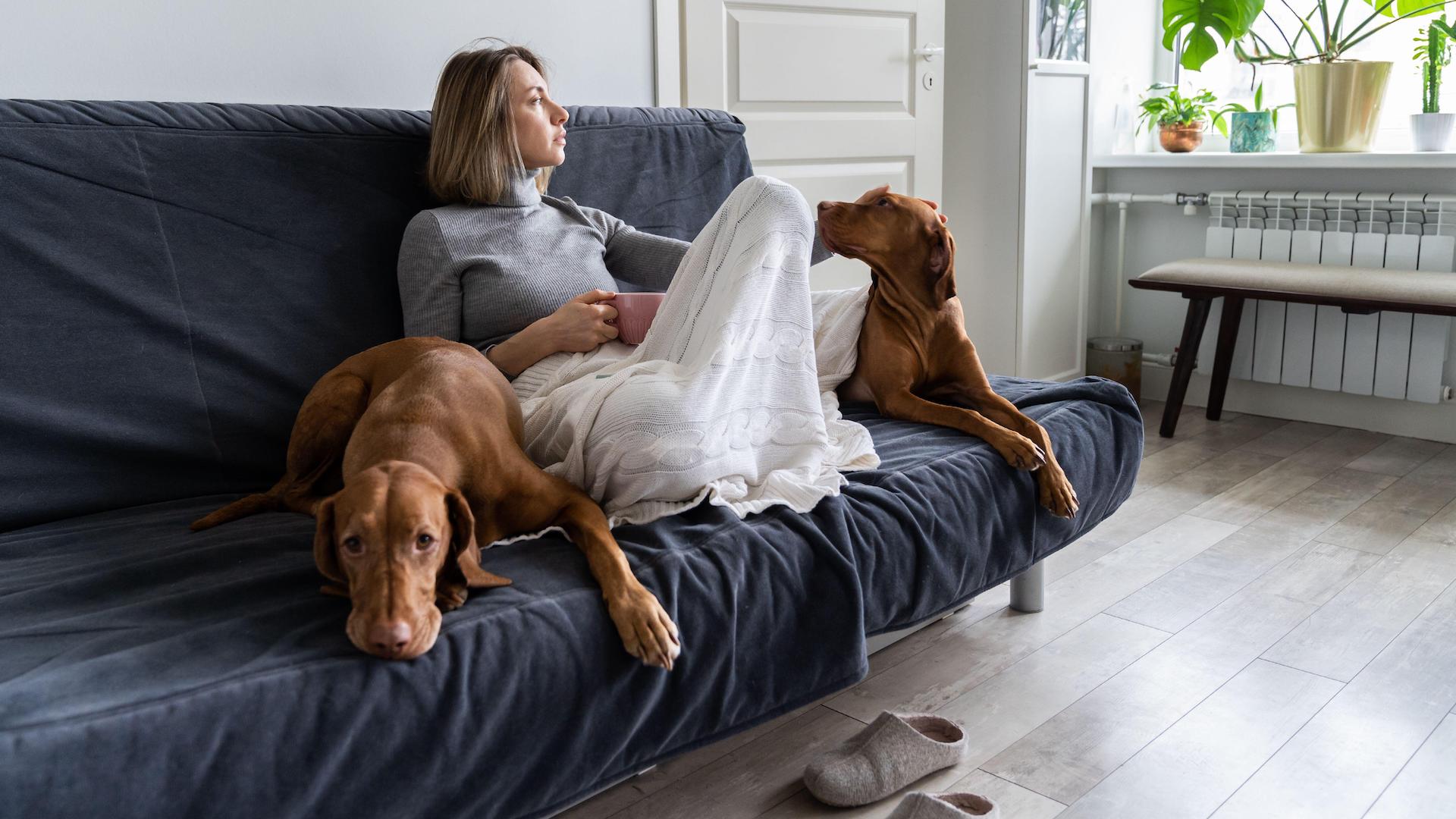
Emotions often drive big life decisions, but it’s best to consider whether or not to get a new pet with a cool head and calm mind. When a pet dies suddenly, it can be tempting to fill the void with a new creature immediately, but – having tried both – it’s better to take time to grieve the pet you’ve lost, and then make a calm and rational decision on choosing a new one.
Likewise, if work or your relationship is causing a lot of stress, a new pet won’t fix it.
19. The rigor of training
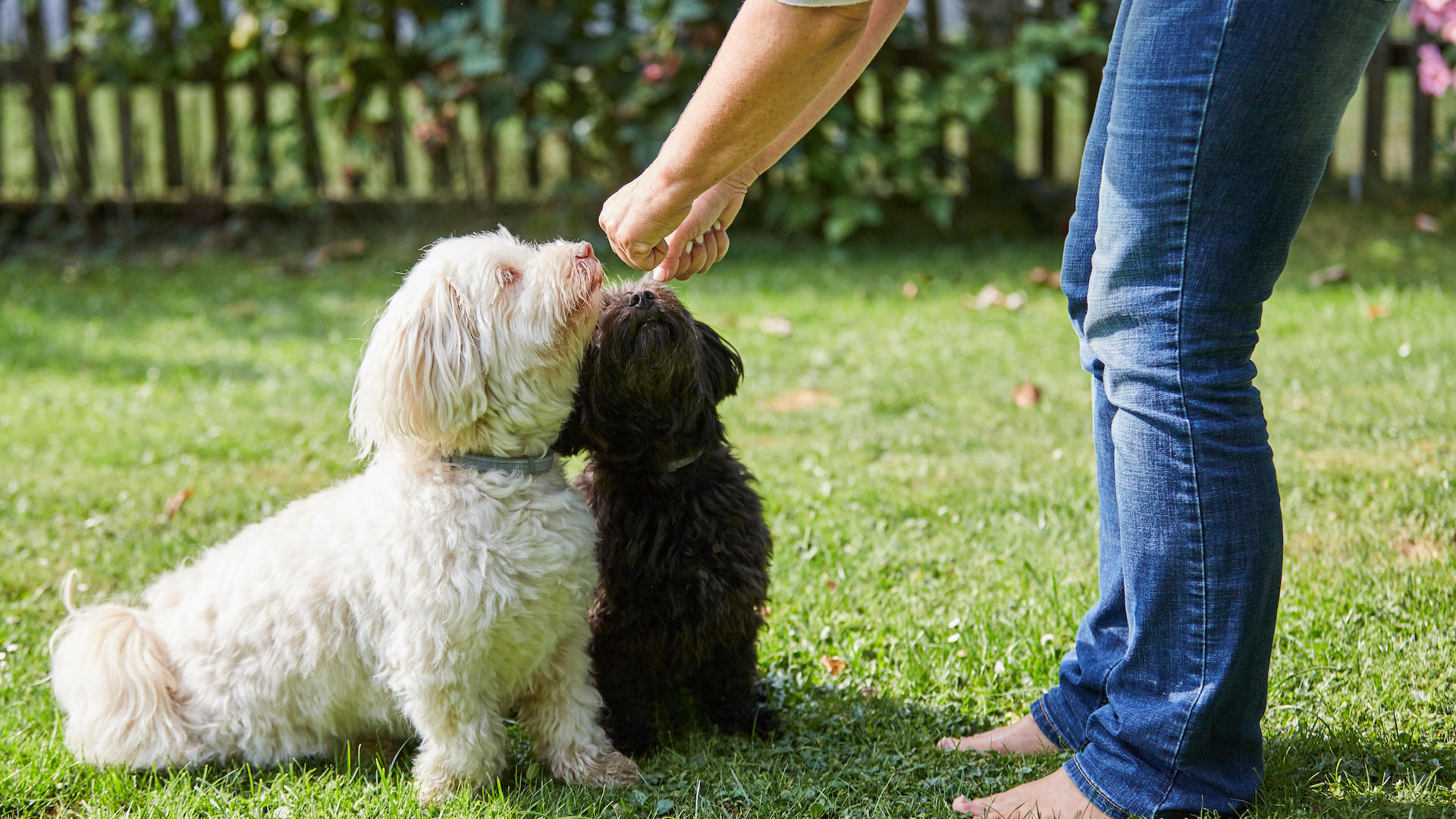
An untrained pet is a menace. A cat who won’t use the litter tray, or a dog that permanently jumps up, barks incessantly, or won’t come back when called, can drive both their owner and neighbors crazy.
If you don’t have the time, energy, or experience to devote to training the new pet in regular sessions, it’s not the moment to be adding more animals to your household.
20. House rules

Accommodations have certain rules about whether or not pets are allowed. Landlords are allowed to restrict the type, number, and size of pets permitted, so before making your own decisions, check that it’s actually legal.
Barking isn’t popular with neighbors, so if you are in a busy area, consider carefully the type of dog you want to bring into the fold – perhaps one of the quietest dog breeds – or plump for a quieter pet.
The same goes for the workplace. In my first job, we were allowed to bring well-behaved pets into work. My current workplace has a no-pets policy, which has an impact on daily routine, dog-walking, and training arrangements.
Read next: My top tips for keeping the peace in a multi-pet household
Edited by Georgia Guerin and Alexis De Leaver.
Last updated in July 2025.
Martha is an experienced journalist working in both print and digital media. She specializes in the canine, equine and rural sphere where she has covered a wide range of topics from cloning animals and the ingredients for a perfect yard dog, to helping owners find the best canine GPS trackers on the market. When she’s not busy writing about dogs and horses, she’ll be found either aboard a horse or looking after the menagerie of pets in her care.
